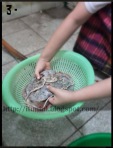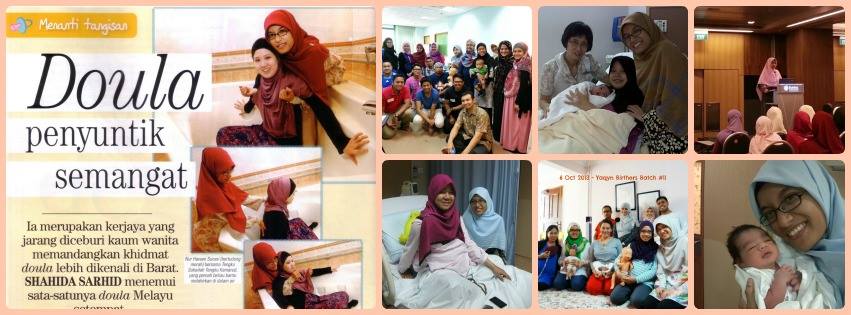 For most first-time Muslim parents, this question usually comes to mind only at the end of term or even after birth itself. Most do not know what to do with the placenta, or unsure how to clean it, or do not know if its a good idea to dispose of it instead.
For most first-time Muslim parents, this question usually comes to mind only at the end of term or even after birth itself. Most do not know what to do with the placenta, or unsure how to clean it, or do not know if its a good idea to dispose of it instead.
Here is MUIS’ statement about the burial of the placenta:
3. In Islam, must the placenta be buried after the birth of the baby?
While some scholars are of the opinion that it is encouraged to bury the placenta, it is not compulsory.
For those who wish to bury it, it should be done properly and safely. It is also permissible to leave it at the hospital.
The same ruling goes for the Malaysian body, JAKIM. Burying the placenta is regarded as harus (ie: it is alright to do, or not to do).
A placenta that is not claimed at the hospital will be disposed of properly as medical waste. It will not be used in any clinical experiments or stored in a blood bank without your consent.
So how do I clean the placenta, and how do I bury it?
Here is a step-by-step guide with pictures on how to clean and bury the placenta (in Malay):

http://itunini.blogspot.sg/2015/01/cara-menguruskan-uri-bayi-bergambar-11.html?m=1
Why is it recommended to wash the placenta before burying? This is to reduce the ‘meaty’ smell from the placenta to prevent animals from scavenging it. It is done for the sake of hygiene, and not because it is part of a ritual. Cleanliness is part of the faith, hence the emphasis.
Make sure the hole is also dug deep enough to prevent accidental exposure when humans or animals walk over it.
Other questions:
Do I need to bury it behind a mosque?
This is not compulsory, you can bury it anywhere as long as it is a good and legitimate place. In Singapore, this is usually in the compounds of a landed house of somebody you know. Due to our land scarcity, most mosques do not allow any placenta burial. Some families I know even bring it across the causeway to bury it in a relative’s kampung compound.
Do I need to use an urn to cover the placenta before burial?
This is done for hygiene (again to reduce smell), so while it is good, it is not compulsory. A cotton cloth would suffice. Or if nothing is available, you do not need to cover it with anything as long as the hole is dug deeply.
How do I store the placenta while in transit (after cleaning and before burial)?
You can store it in the freezer part of the refrigerator just like how you would store any other frozen food. This will eliminate any smell and prevent bacteria from multiplying too quickly.
—
Not everyone will have the convenience of acquiring land to bury the placenta. If you find it too difficult to bury the placenta, it is highly recommended that you let the hospital dispose it for you instead.
May we all be under Allah’s guidance always, Ameen.
– Hanani, Yaqyn Birth
